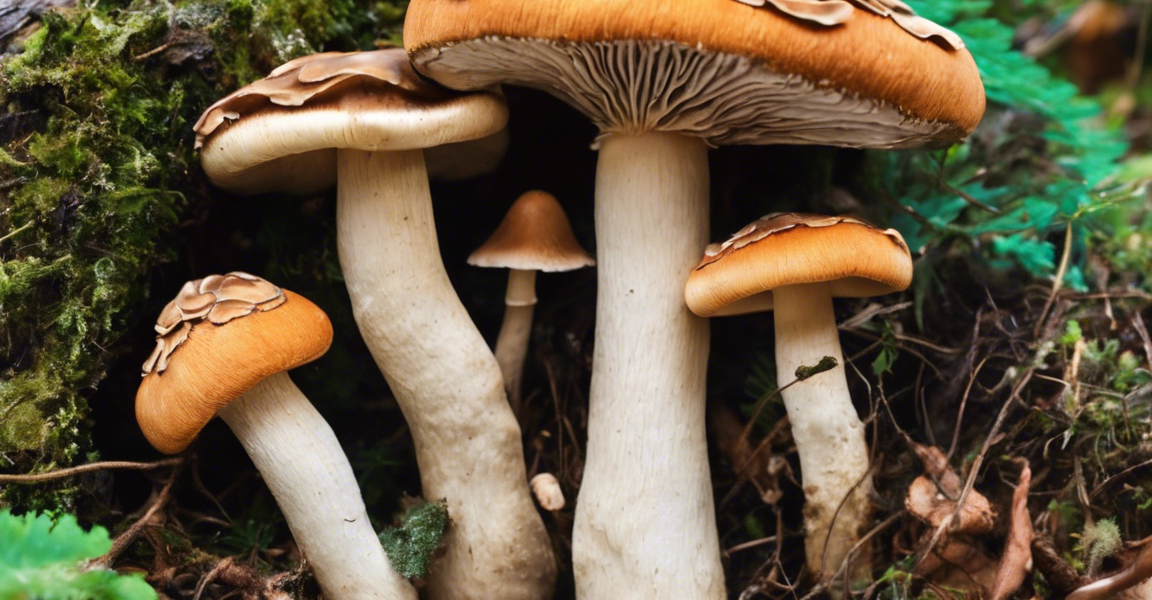Introduction:
Magic mushrooms, also known as psilocybin mushrooms or “shrooms,” are a type of fungi that contain psychedelic compounds such as psilocybin and psilocin. These substances can cause alterations in perception, mood, and consciousness when ingested, leading to a psychedelic experience. One common question among those experimenting with shrooms is, “When do shrooms kick in?” This timeline guide will provide a comprehensive overview of the stages of a shroom trip, from ingestion to peak effects to the eventual comedown.
1. Ingestion and Initial Effects:
- When you consume magic mushrooms, whether dried or fresh, the psilocybin compounds in them need to be metabolized by your body before they can take effect.
- The time it takes for shrooms to kick in can vary based on individual factors such as metabolism, empty stomach vs. full stomach, and the specific strain and potency of the mushrooms.
- Generally, you can expect to start feeling the initial effects of shrooms within 30 minutes to 2 hours after ingestion. This period is sometimes referred to as the “come-up” phase.
2. Come-Up Phase:
- During the come-up phase, you may begin to experience sensory changes such as enhanced colors, patterns, and sound distortions. You might also feel a sense of euphoria or mild disorientation.
- Some physical sensations like nausea, yawning, or muscle tension can also occur during this stage. These effects are typically mild and can vary in intensity from one person to another.
- It’s important to note that the come-up phase can be uneventful for some individuals, while others may start feeling the more pronounced effects of the mushrooms relatively quickly.
3. Peak Effects:
- The peak of a shroom trip is when the psychedelic effects are at their most intense. This phase usually occurs 2 to 3 hours after ingestion, depending on various factors.
- During the peak, you may experience profound changes in your perception, cognition, and emotions. Visual hallucinations, altered sense of time, and ego dissolution are common experiences reported by users.
- The intensity and duration of the peak effects can vary widely among individuals, with some people experiencing a more intense trip than others.
4. Plateau and Duration:
- After the peak effects subside, many users enter a plateau phase where they experience lingering psychedelic effects but at a reduced intensity.
- The plateau phase can last for several hours, typically 4 to 6 hours after ingestion, depending on the dose and individual sensitivity.
- Some users may choose to extend the duration of their trip by redosing during the plateau phase, but this practice can lead to a significantly prolonged trip and may increase the risk of negative side effects.
5. Comedown and After Effects:
- As the effects of shrooms begin to wear off, you will enter the comedown phase, where the psychedelic effects gradually diminish.
- The comedown phase can last for 1 to 2 hours, during which you may experience feelings of introspection, euphoria, or a sense of clarity and peace.
- After the comedown, some users may experience an afterglow period characterized by lasting positive feelings, enhanced creativity, and a sense of well-being.
6. Frequently Asked Questions (FAQs):
Q1: How long do shrooms stay in your system?
A1: The presence of psilocybin and psilocin in your system can be detected in urine for up to 24 hours after ingestion, although this may vary based on individual factors.
Q2: Can you overdose on shrooms?
A2: While it’s rare to overdose on psilocybin mushrooms in the traditional sense, consuming large doses can lead to intense and potentially overwhelming trips with lasting psychological effects.
Q3: How can I reduce nausea when taking shrooms?
A3: To minimize nausea during a shroom trip, try consuming them on an empty stomach, using ginger to alleviate symptoms, or opting for shroom tea instead of eating the mushrooms raw.
Q4: What should I do if I have a bad trip on shrooms?
A4: If you find yourself having a challenging experience on shrooms, it’s essential to stay calm, change your environment, and seek support from a trip sitter or trusted individual to help you through the ordeal.
Q5: Can shrooms interact with other medications?
A5: Psilocybin mushrooms can interact with certain medications, particularly antidepressants and MAOIs. It’s crucial to consult with a healthcare professional before combining shrooms with other drugs.
In conclusion, understanding the timeline of a shroom trip can help individuals prepare for the journey ahead and navigate the different stages of the experience. It’s important to approach psychedelic substances with caution, respect, and mindfulness to ensure a safe and positive trip. If you’re new to shrooms or psychedelics in general, consider starting with a low dose and familiarizing yourself with harm reduction practices to maximize the benefits and minimize the risks associated with these powerful substances.

